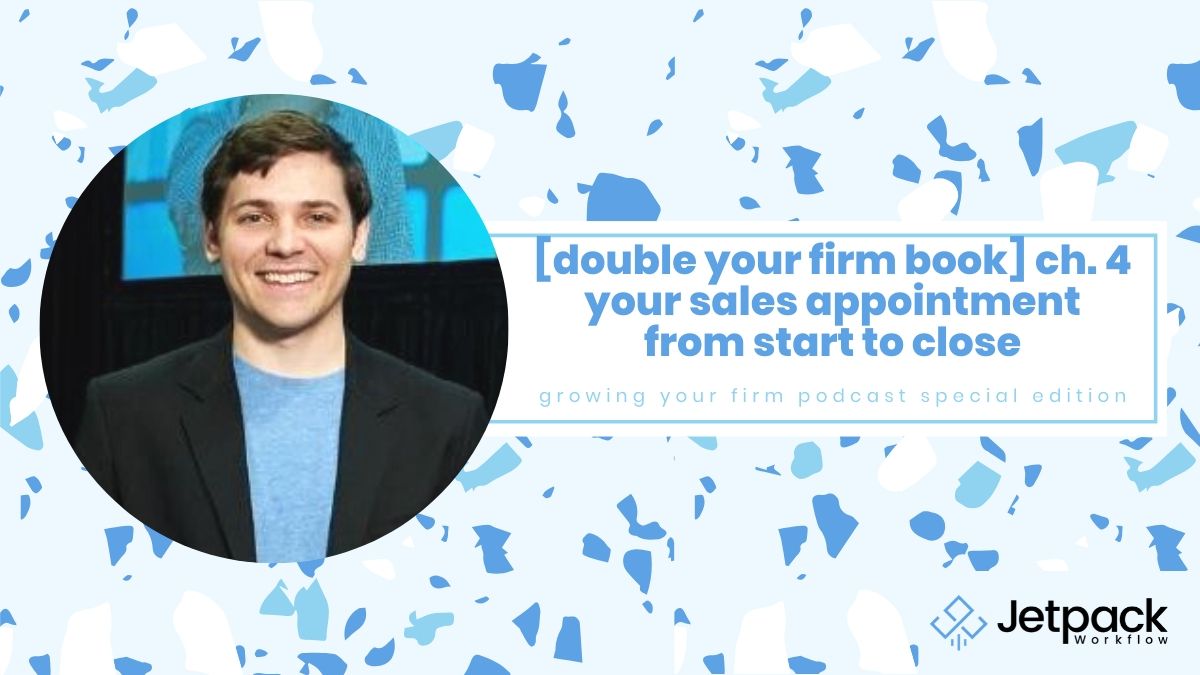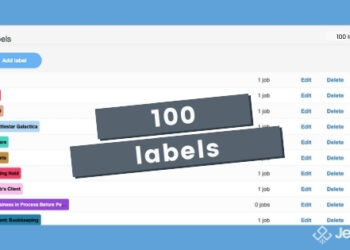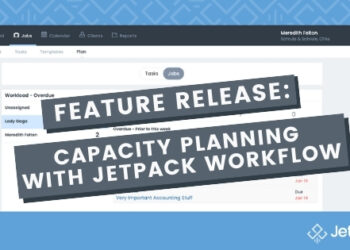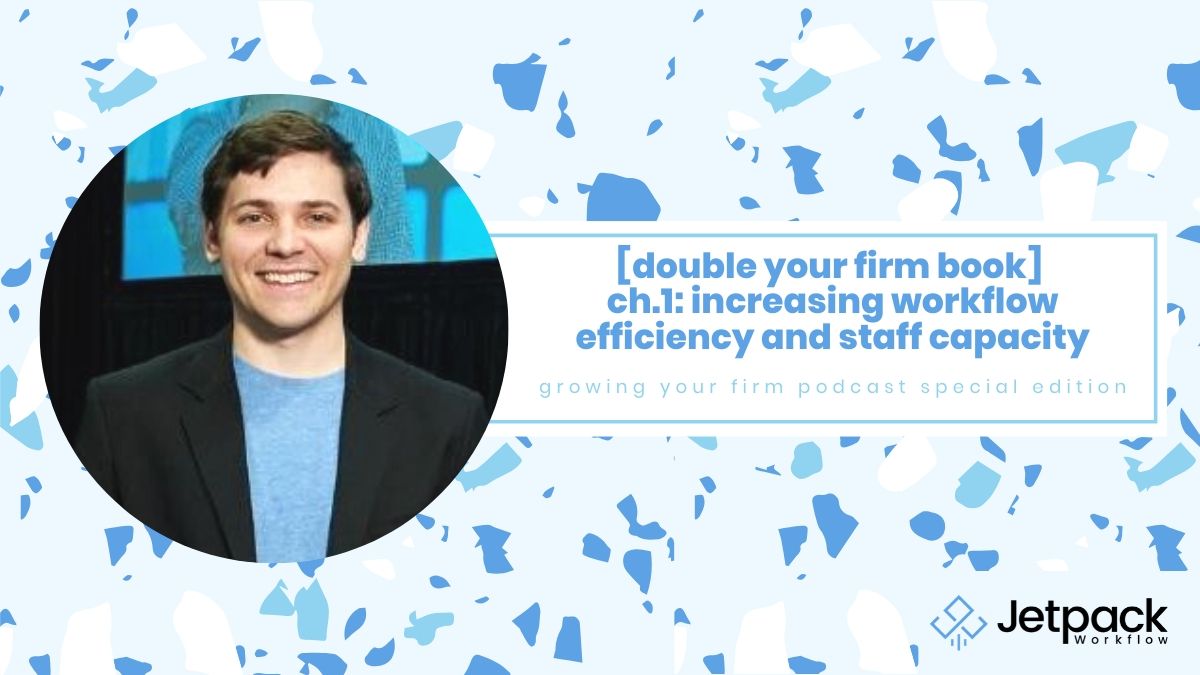Hiring the Right Accounting Staff

When you understand what you need out of a new team member, it’s much easier to sift through candidates. For most firms, you live and die by who the recruiter brings through the door. You might get a few applications online, but you’re never sure if the candidate would be a good fit.
Your vision, mission and core values should be at the heart of your interview with each applicant. You need to see each new hire as the future of your firm. If you feel this person isn’t here to make a statement and grow the firm, go with your gut. That person isn’t for you.
You can’t afford to be like so many firms who hire someone as fast as possible to deal with work overflow. You’re better off contracting a temporary employee to handle that, rather than bringing in a full-time hire if you aren’t 100% sure who or what you are looking for.
Chet Buchman, Managing Partner at Swindoll, Janzen, Hawk & Lloyd, CPA, actually recommends overstaffing during busy times. He says, “Hire ahead of the busy curve.”
If you see a great potential fit for your firm, go for it even if you aren’t necessarily hiring. Using the pillars in this book, you will enjoy more capacity but also more clients, because you’ll be growing. Eventually you will need this person and you don’t want to find out months later that they now work for your competitor.
It can be tricky to figure out a new candidate. Obviously, they are on their best behavior at this point. It’s up to you to find the forest for the trees.
Look back at your core values and ask the candidate to tell stories of their work. Find those clues to tie into your values.
Finding the right employee can be tough, so here are a few things you want to make sure you learn about your potential hire during the interview:
- What motivates them. Is it growth? Learning? Autonomy?
- How they spend their free time. This gives you a glimpse at the candidate’s personal “why.” If they aren’t growing in their free time, they probably aren’t looking to grow with you.
- How they solve problems. Does it mesh with your culture?
- The kind of work culture they came from. It’s probably the culture they want to avoid.
- How they interact with clients. Ask about a story of working with a client.
Paula Allgood, to cut to the heart of it and find behaviors, not skillsets, gives new candidates a few personality tests. These include:
- Kolbe Test: A personality test based on instinct. Reviewing the results, you learn about your conative abilities. In other words, how they act in specific situations. This is one test that’s becoming more common to use in the interview process.
- StrengthsFinder Test: An aptitude test in which you and your candidate learn their top five strengths. As a firm owner, you can compare these to the rest of your team to see if they would be a good fit.
The tests, Paula says, allows you to get an idea of how a person works and how they might work with other members of your team. What works is that the tests don’t focus as much on their skills, but on their personality and what they would enjoy. You can get a better idea of whether or not the candidate would mesh with your current team and your client roster.
Chad Ridner, Founder of Two Roads, believes team members need to enjoy their work, their clients, and their teammates. If one of these is off, it can throw off your culture.
When hiring at his firm, he gives two different competency tests to make sure the basic skills are there and then follows up with, at minimum, four face-to-face interviews.
Having different team members interview with the candidate allows various opinions and that data can lead to a better decision. Your team can determine the talent fit and the cultural fit. You need to determine this before even discussing compensation issues.
When it comes to compensation, you need to figure out the motivation for the candidate. Is compensation one of the main motivators or is it just a perk or necessity to them? Are there other ways your employees would like to be compensated?
Many firms approach compensation as just salary, but you can get creative and add in other types of compensation as well. There are many different forms of compensation, so here are just a few suggestions:
- Cross-train them in various positions as a bonus so they don’t get bored and can broaden their skillset.
- Provide paid training to the candidate and even tickets to conferences they would enjoy.
- Give them autonomy on certain one-off projects they can pick.
- Pay for a professional development or educational program they can participate in. For example, a 12-week leadership course.
- Provide a slight bump in bonuses for retirement and for performance.
Chris Ragain, Managing Director of Ragain Financial, gives a candidate a five-year look ahead for what the candidate will make in salary. It gives them something to look forward to, plus a closer insight on what to expect going forward.
The more value you can put into an offer, the less a candidate focuses on salary and sees the bigger picture.
Once you get the candidate to accept, you must now start to nurture, retain, and motivate them.
Articles to Go Deeper















